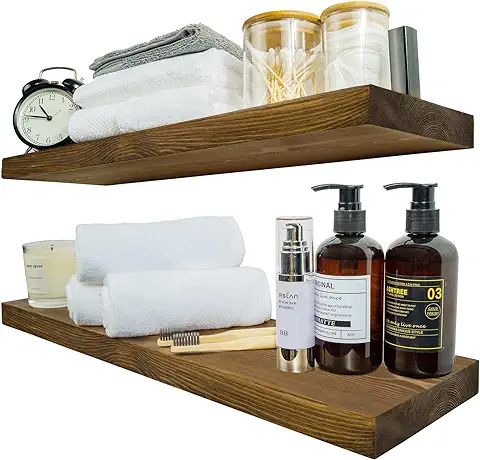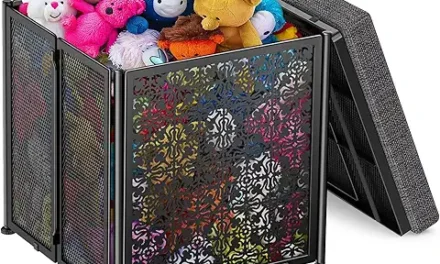Introduction
When it comes to selecting the best wood for floating kitchen shelves, it’s not just about aesthetics but also durability and functionality. Wood choices can dramatically influence the ambiance of your kitchen, transforming it from a sterile cooking space into a warm, inviting haven. To strike this balance, understanding the properties of different wood types is crucial.
Hardwoods like oak and maple are popular among homeowners due to their robustness and rich grain patterns, making them perfect for both traditional and modern-style kitchens. However, if you’re looking for something unique and more sustainable, bamboo offers an eco-friendly option with impressive strength despite being technically grass. Whether you aim for rustic charm or sleek minimalism, the right wood can set your floating shelves apart as both functional storage solutions and captivating design elements.
Importance of Choosing Quality Wood
Quality wood is the backbone of any long-lasting and beautiful floating kitchen shelf. When selecting wood, it’s crucial to consider not just its aesthetic appeal but also its durability and load-bearing capacity. High-quality hardwoods like oak, maple, or walnut offer remarkable stability and strength, ensuring that your shelves can hold heavy kitchen items without sagging over time.
Moreover, good quality wood minimizes warping and cracking that can occur with fluctuations in temperature and humidity commonly found in kitchens. Investing in premium-grade timber might have a higher upfront cost, but it pays dividends through longevity and fewer replacements down the line. Beyond physical endurance, high-quality wood also offers unique grain patterns that add character to your kitchen space—turning each shelf into a functional work of art.

Choosing subpar materials might save you some money initially but often leads to frequent maintenance issues such as increased vulnerability to pests and quicker wear-and-tear. Opting for quality from the get-go not only elevates the functionality of your shelving but also transforms it into an elegant design statement that endures trends and time.
Solid Hardwood Options
With floating kitchen shelves gaining popularity for their sleek and minimalist appeal, selecting solid hardwood options can be both an aesthetic and durable choice. Not only for its robust durability and timeless grain patterns that bring elegance to any kitchen is white oak revered. This wood species effortlessly blends with various interior styles—whether modern or rustic—making it a versatile option.
On the other hand, walnut stands out with its deep, rich hues that infuse warmth into your kitchen space. Its natural luster and fine texture turn everyday shelving into focal points that command attention yet complement the culinary ambiance seamlessly. Moreover, maple’s light color palette offers a refreshing contrast to darker kitchens while resisting wear and tear admirably due to its inherent hardness.
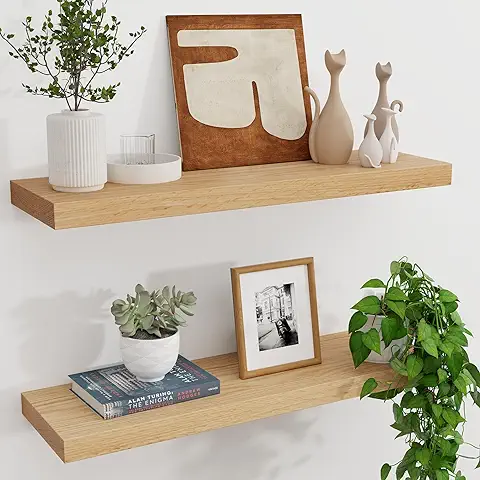
Each of these solid hardwoods has distinct characteristics allowing you to tailor your choices to fit not just functional needs but also personal style preferences. Opting for one of these high-quality materials ensures that your floating shelves are more than just storage solutions—they become lasting enhancements that elevate the overall aesthetic of your kitchen.
Softwood Alternatives
For those looking to veer away from traditional softwoods for their floating kitchen shelves, the spectrum of alternatives is both vast and intriguing. Bamboo, for instance, is rapidly gaining popularity not just for its eco-friendly credentials but also for its impressive strength-to-weight ratio. Its unique grain pattern can add a modern and elegant touch to any kitchen decor. Plus, bamboo’s resistance to warping makes it an excellent choice for the potentially humid environment of a kitchen.
Reclaimed wood is an intriguing softwood alternative. You can bring rustic charm and a sense of history into your home not only by choosing this option but also by promoting sustainability by reusing materials that might otherwise be discarded. The aged patina on reclaimed wood offers character that new woods simply can’t replicate, making each shelf a one-of-a-kind piece that tells its own story.
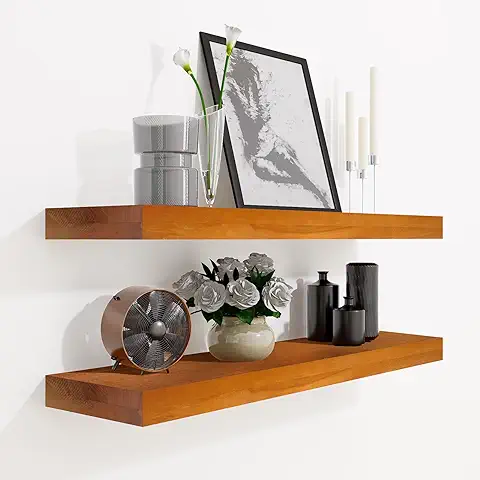
Cost-effective, Versatile Use
When it comes to finding cost-effective and versatile wood for floating kitchen shelves, bamboo and birch often emerge as top contenders. Bamboo is not just budget-friendly but also eco-friendly, making it a conscientious choice for the modern homeowner. Its natural durability ensures that even at a lower price point, you’re not sacrificing quality. Moreover, bamboo’s sleek grain patterns and warm hues can complement both contemporary and traditional kitchen aesthetics. With its light color and smooth texture, Birchwood presents an appealing choice that can be easily stained or painted to match any design scheme. Unlike exotic hardwoods that might stretch your budget thin, birch provides robust strength without the hefty price tag. This makes it exceptionally useful for those who enjoy frequent kitchen redecorations; you can switch up the look of your shelves without breaking the bank.
Ultimately, opting for cost-effective yet versatile wood like bamboo or birch allows you to maintain both functionality and aesthetic appeal in your kitchen. These materials prove that high quality doesn’t always mean high cost, offering endless possibilities from open shelving displays to minimalist storage solutions while keeping expenses in check.
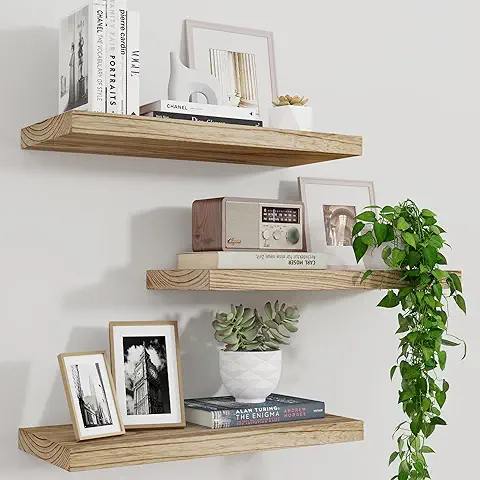
Summarize Key Points on Best Wood Types
When considering the many types of wood available for your floating kitchen shelves, deciding on the best one for your project can be a challenge. Oak emerges as a top contender, celebrated for its robustness and stunning grain patterns that lend a classic yet contemporary sophistication. Its high density ensures shelves will support weighty kitchen items like ceramic dishes and cookbooks without sagging.
Another excellent choice is Maple, known for its smooth finish and natural resistance to wear and scratches. This makes it perfect for bustling kitchens where functionality meets aesthetics seamlessly. Tensile strength Surprisingly strong in bamboo shouldn’t be overlooked; this eco-friendly option lends durability to products and adds an exotic flair, breaking away from traditional wooden appearances. Each type of wood brings unique attributes to the table, allowing you to personalize your shelving solution according to both style preference and practical needs

